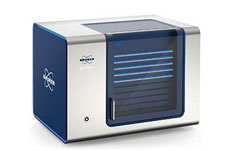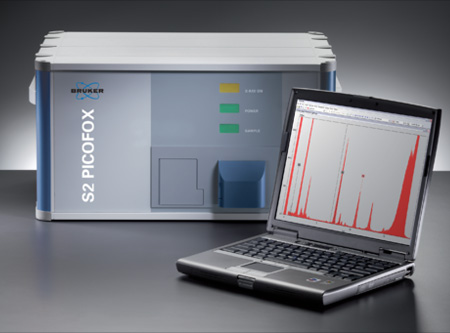Water Testing with TXRF Trace Element Analysis
Water Analysis with TXRF
TXRF (Total Reflection X-ray Fluorescence) is a fast and cost-effective method of trace element analysis, suitable for a range of applications including water testing.
The technique has several benefits over alternative methods, such as AAS (Atomic Absorption Spectrometry) ICP-OES (Inductively Coupled Plasma Optical Emission Spectrometry):
- Fast and easy sample preparation
- No external calibration
- Multi-element analysis – including halogenides
- Low running costs
- Portable – analyse on-site in the field
Visit us at WWEM 2018 to see the Bruker S4 TStar TXRF spectrometer, and find out more about TXRF.
Blue Scientific is the official UK distributor of Bruker TXRF. If you have any questions or if you’d like a quote, please get in touch:
Contact us on 01223 422 269 or info@blue-scientific.com
Bruker S4 TStar
Example Applications
TXRF is extremely versatile and is suitable for a variety of water testing applications. With capacity for a range of sample types, you can test liquids, sludge, suspensions and filter water with fine particles.
- Industrial wastewater – all industries, including cement and petrochemicals
- Sewage
- Freshwater
- Tap water
- Toxic elements
- Environmental monitoring
- Water monitoring with bioindicators and biofilms
Example: Trace Element Analysis of Fresh Water Samples
In this example, TXRF was used to analyse trace elements in fresh water samples, using two certified water standards (NIST 1640 and NIST 1643d).
Instrumentation
These measurements were performed using the S2 PICOFOX. The new S4 TStar is also available for more powerful ultra trace element analysis, with <10ppb sensitivity.
Sample Preparation
Sample preparation is fast and much simpler than alternative techniques:
- 1 ml of the certified standard was mixed with 20 μl of a standard solution (Ga; 10 mg/l) for internal calibration.
- 10 μl of the mixture was placed on a quartz glass carrier and dried on a heating plate.
- This was repeated, for a total of 30 μl on the carrier.
For statistical evaluation, 10 samples were prepared for each of the two reference standards. The measurement time was 1000 seconds.
Results
The results demonstrate how TXRF can be used to analyse trace elements in fresh water samples, even when present in the low μg/l range:
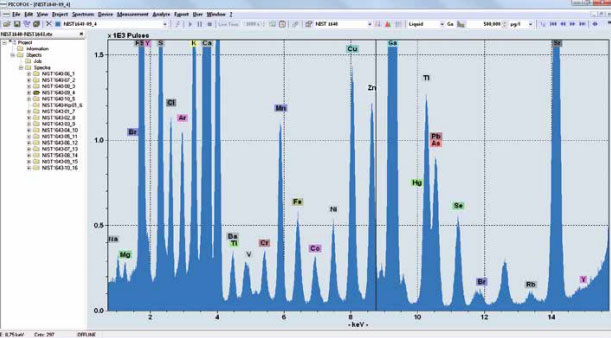
TXRF spectrum with NIST 1640 freshwater reference standard. Measurement time: 1000 seconds.
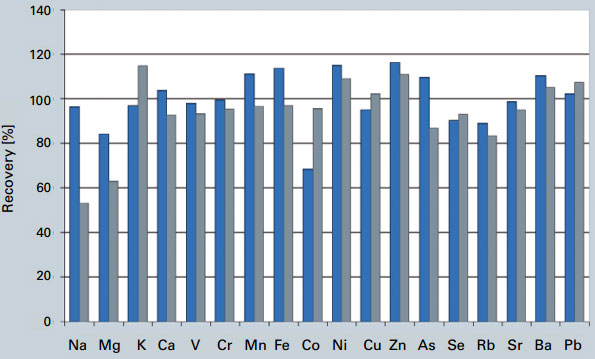
Recovery data for freshwater reference samples NIST 1640 (blue) and NIST 1643d (grey).
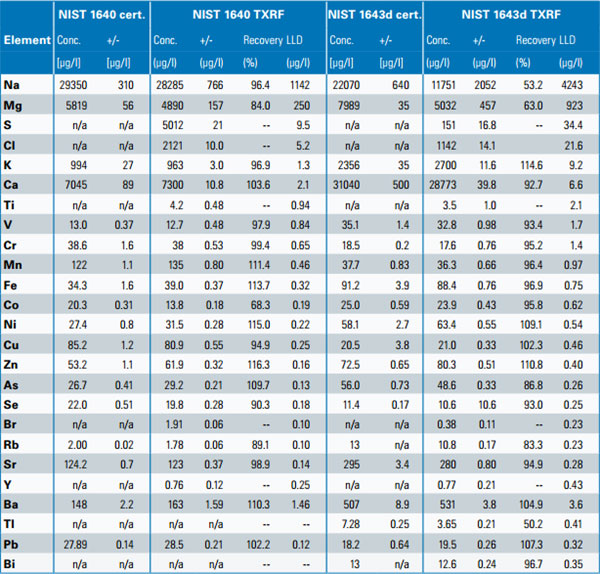
Complete results including recovery data against the certified values and detection limits.
Light elements such as Li, Be and B were not detectable or were present in concentrations below the detection limit (Al). Ag, Cd and Sb were not detected because of the Mo-excitation. These elements can be analysed by the weak L-lines, which are overlapped by strong Ca and K signals. The use of a Mo tube also prevents the analysis of Mo.
Na and Mg were detected with a good recovery, as well as K, Ca, V, Mn, Ni, Cu, As, Se, Rb, Sr, Ba, Pb and Cr (with restrictions). The elements P, S, Cl, Ti, Br and Y were also detected in both samples.
Detection limits were in the medium to low μg/l range for most of the detectable elements:
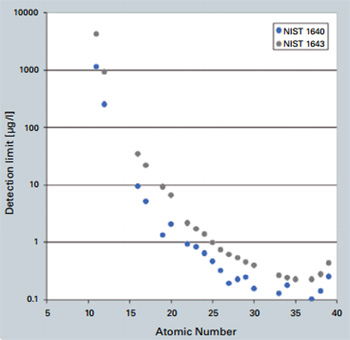
Detection limits for NIST fresh water reference samples
The deviation of the detection limits originates in part from the different measurement times. The general differences between both samples are caused by the distinctly higher matrix concentration (mainly Ca and Fe) of sample NIST 1643d.
Full analysis of the results is available in a lab report from Bruker.
Further Examples
- Analysing heavy metals in sewage – Read a lab report
- Detecting mercury in tap water – Read a lab report
- Anakysing industrial wastewater and sewage – Webinar slides
TXRF Instruments
NEW Bruker S4 TStar
- Low sub-ppb detection limits
- 24/7 routine operation
- Automatic quality control features for guaranteed data quality
- 90 sample capacity
Bruker S2 PICOFOX
- Ppb and ppm range detection limits
- Use in the lab or on-site in the field
- Low running costs – no consumables or maintenance
- Alternative to ICP-MS – Simpler sample preparation and faster testing
Contact us on 01223 422 269 or info@blue-scientific.com


